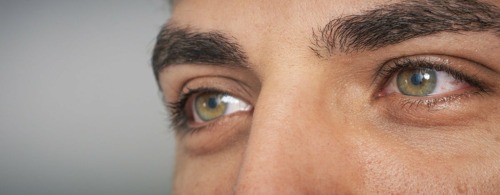How is EMDR Used in Addiction Treatment?

There are many different therapies, just as there are many different individuals. At Kemah Palms Recovery®, we want you to know the answer to, “What is EMDR?” It may be a tool to help you in your healing of addiction or anxiety.
What Is EMDR?
EMDR therapy treatment has been especially successful in treating PTSD as well as substance abuse disorders. Eating disorders, complicated grief, dissociative disorders, panic disorder and many other traumatic issues have also benefited.
In 1987, Psychologist Francine Shapiro developed the addiction therapy program. When undergoing treatment, you will recall and recite distressing images. Then the therapist directs the you in a type of eye movement, often side-to-side; this will lessen the power of emotionally charged moments and make them less distressing.
After each set of eye movements, the therapist asks you how you feel. You will repeat the process until the you no longer find the memory disturbing. Both sides of the brain become stimulated in this therapy.
Learning More About What is EMDR
Eye movement desensitization and reprocessing is the longer name for EMDR. It is a specialized therapy that requires special licensing and certification to practice. To know more about what is EMDR therapy and how it can help your recovery; there are eight phases of treatment.
The therapist is helping you go over the memories to release a part of the brain that has “become stuck.” The eye movements or other stimuli takes the focus off the specific distressing memories and brings the focus to empowerment. You will repeat empowering phrases that help develop healthy associations.
The initial phase of the treatment involves creating a background history. The therapist will try to find traumatic events, possibly from childhood that will become targets for the new processing. You then get a preview of what they will be learning, as far as future skills and behaviors.
The second phase will have the therapist teaching stress-relief techniques. They will review how you used these skills in the time between sessions.
In phases three through six, the focus in on targets or specific traumatic events. This is when the therapist works with eye movements until the you no longer feels stress. Thinking of more positive feelings is part of this process.
Phase seven has you keeping a log or journal of feelings. Your therapist will emphasize and discuss the closure and stress-relieving techniques. Phase eight has you and your therapist discussing progress and preparing future coping skills. You will also learn techniques for self-calming.
This type of therapy approaches addiction through a look at past trauma. You will explore other contributing factors that may also be present, and other types of therapy you might need as well. Healing often takes place on a physical, spiritual and emotional level.
You Now Know What is EMDR: Here Are Other Steps for a Holistic Recovery
You can undergo EMDR therapy treatment with other modalities. Some of the ones that we offer include:
- Supervised withdrawal at our Houston detox center
- Group therapy
- Cognitive behavioral therapy (CBT)
- Dialectical behavior therapy (DBT)
- Motivational Enhancement Therapy (MET)
- Dual diagnosis treatment program for co-occurring mental health disorders
- Healthy Activities Program
You can use meditation for addiction recovery in addition to EMDR therapy.
Knowing what is EMDR therapy is a smart move. It is a special tool you can use for treating your addiction and stressful situations. Don’t let addiction take control of your behavior and your life. You are unique and need to get help from a qualified rehabilitation facility. Call Kemah Palms today, and we’ll help you get on your path to recovery.
